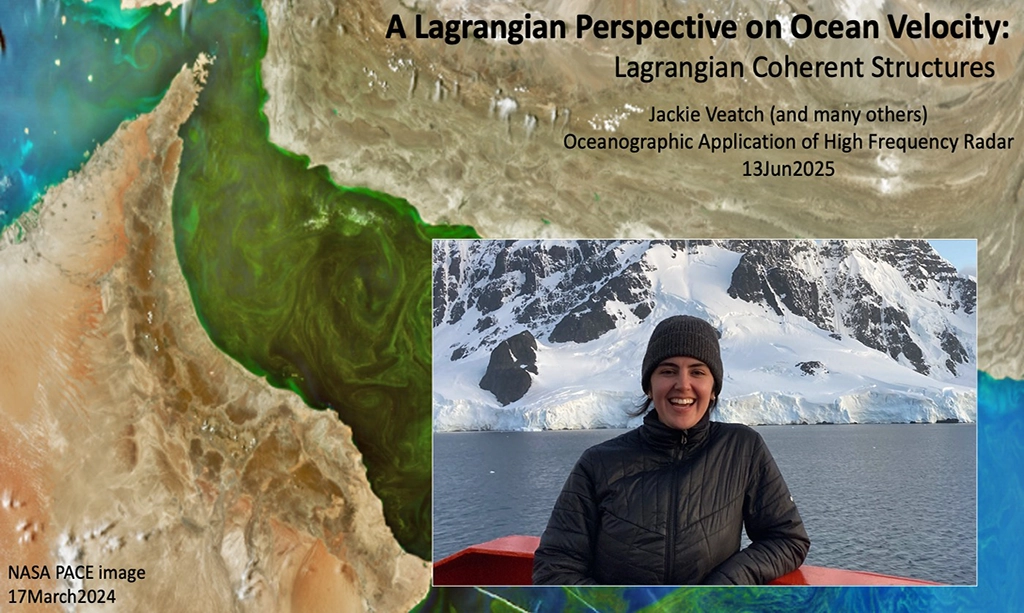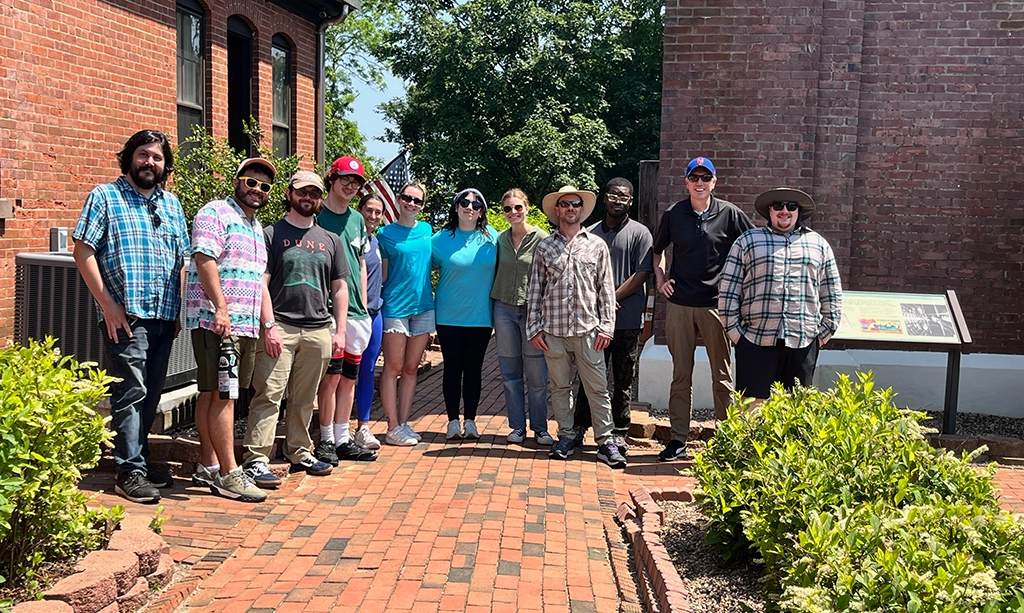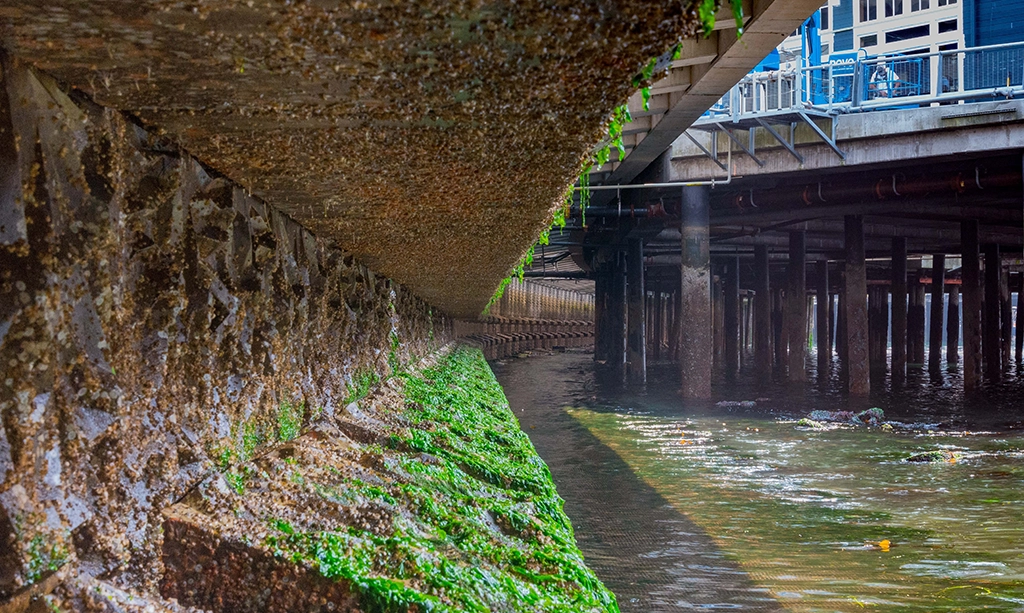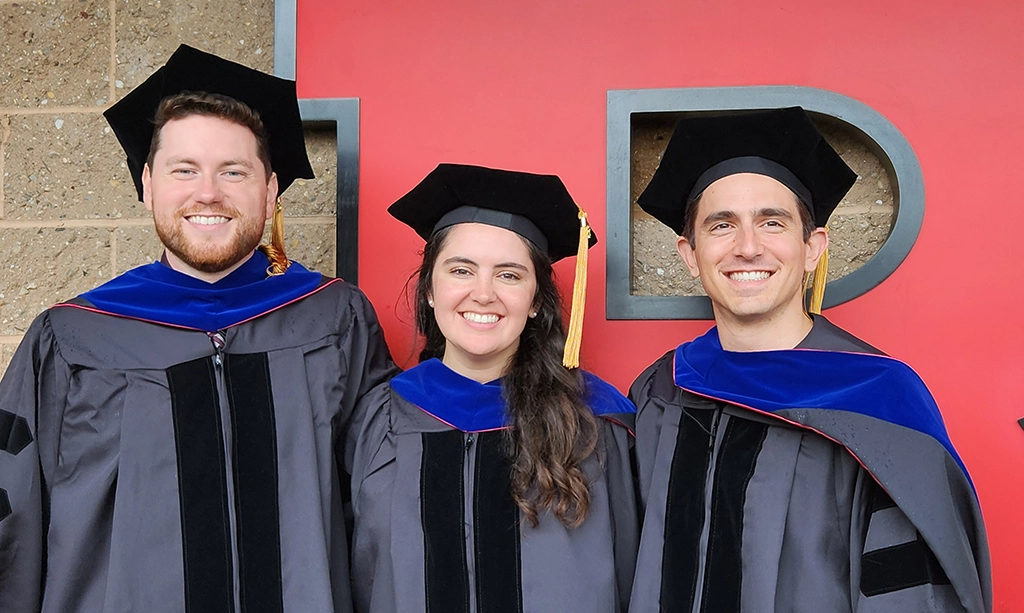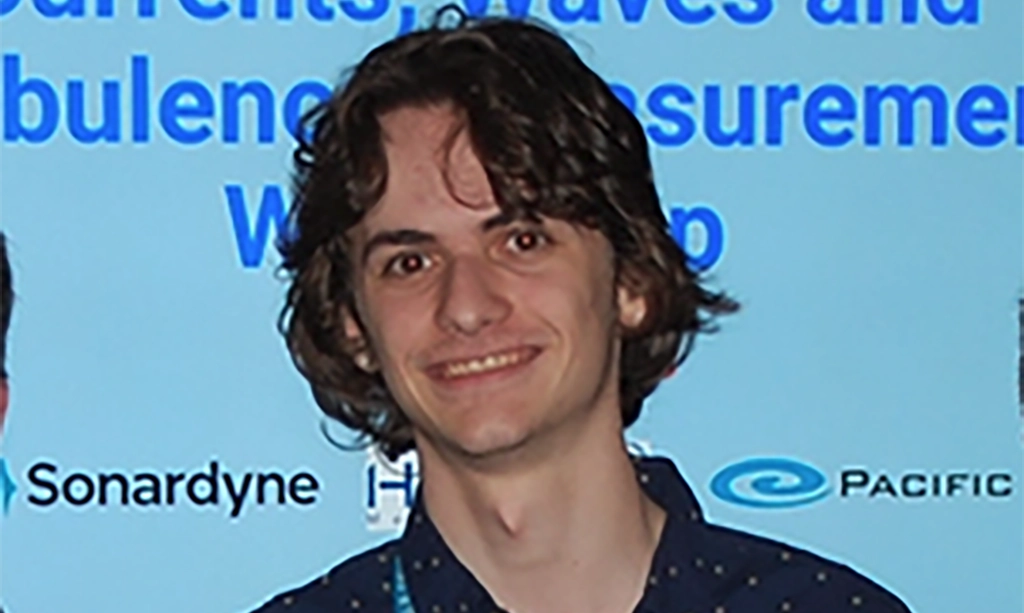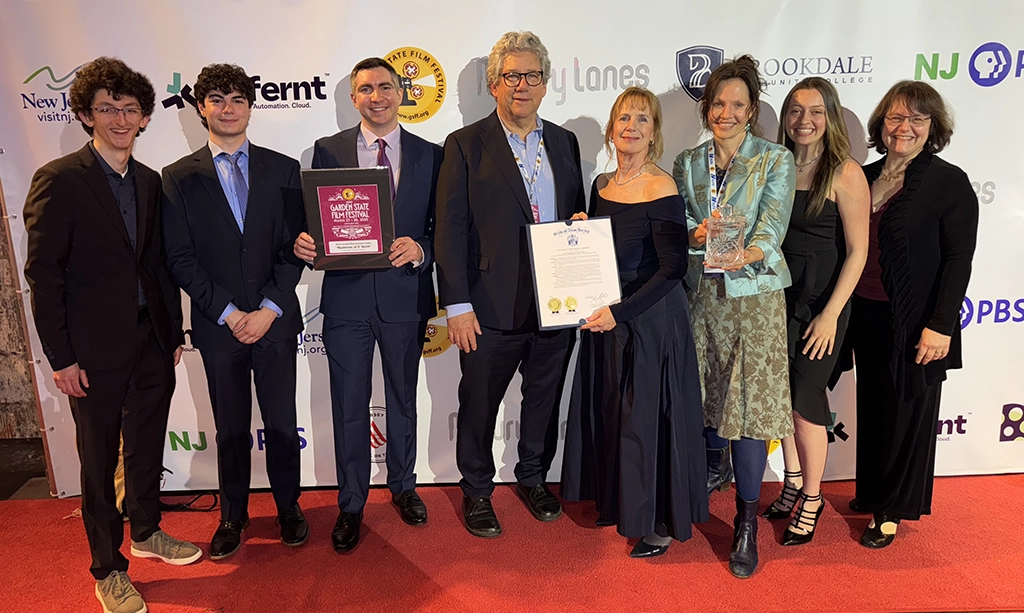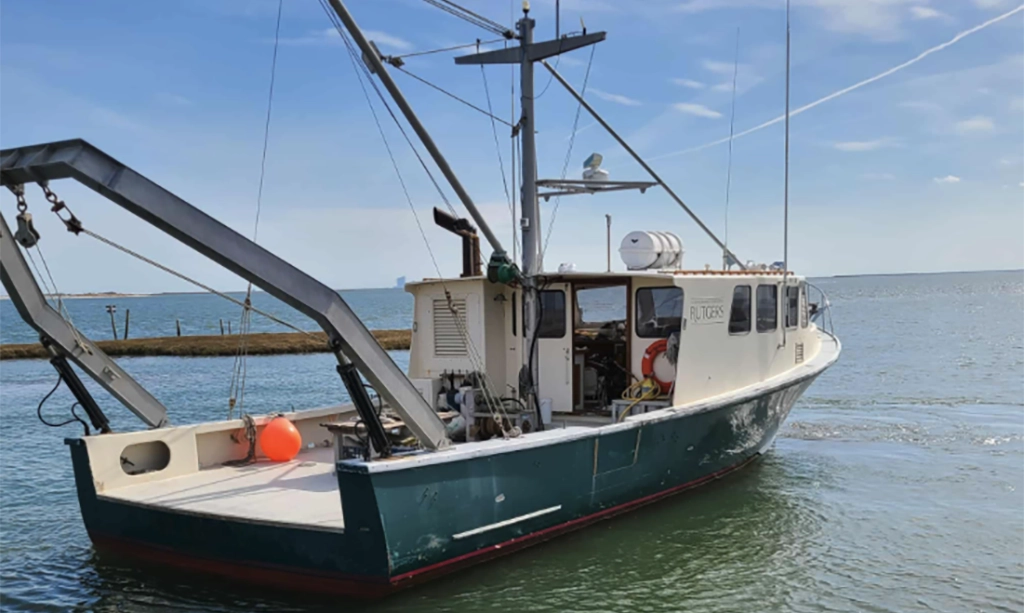Jackie Veatch Delivers Talk on Lagrangian Coherent Structures to Rutgers MOO Program
June 13, 2025 — New Brunswick, NJ The Rutgers University Masters of Operational Oceanography (MOO) program hosted a guest lecture this week by Jackie Veatch, an oceanographer and researcher specializing…

